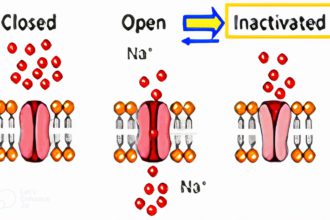General anesthetics
Introduction Understanding General Anesthetics General anesthetics are a diverse group of drugs…
Inhalation Anesthetics
Introduction Inhalation anesthetics play a central role in modern anesthesia, enabling practitioners to…
Pharmacology of Lidocaine
Introduction Lidocaine is one of the most commonly used local anesthetics and antiarrhythmic agents in clinical medicine.…
Pharmacology of Levodopa (L-Dopa) and Carbidopa: the combination
Levodopa (L-Dopa) and Carbidopa are used in combination to manage the symptoms…
Sodium Channel Blockers (SCBs)
Introduction Sodium (Na⁺) channels are integral membrane proteins responsible for the rapid…
What is Barbiturate toxicity, and how is it treated?
Introduction to Barbiturate Toxicity: Barbiturates, once hailed for their sedative and anticonvulsant…
Pharmacology of Barbiturates
Introduction Barbiturates are among the earliest classes of sedative-hypnotic drugs discovered and used…
Pharmacology of Selective serotonin reuptake inhibitors (SSRIs)
Introduction Selective Serotonin Reuptake Inhibitors (SSRIs) revolutionized the treatment of depression and related affective…
Pharmacology of Paracetamol/Acetaminophen
Introduction Paracetamol—known as acetaminophen in some regions—is one of the most widely used analgesics…
Aspirin: A Comprehensive Pharmacological Overview
Aspirin, scientifically known as acetylsalicylic acid (ASA), is a cornerstone in the…
















